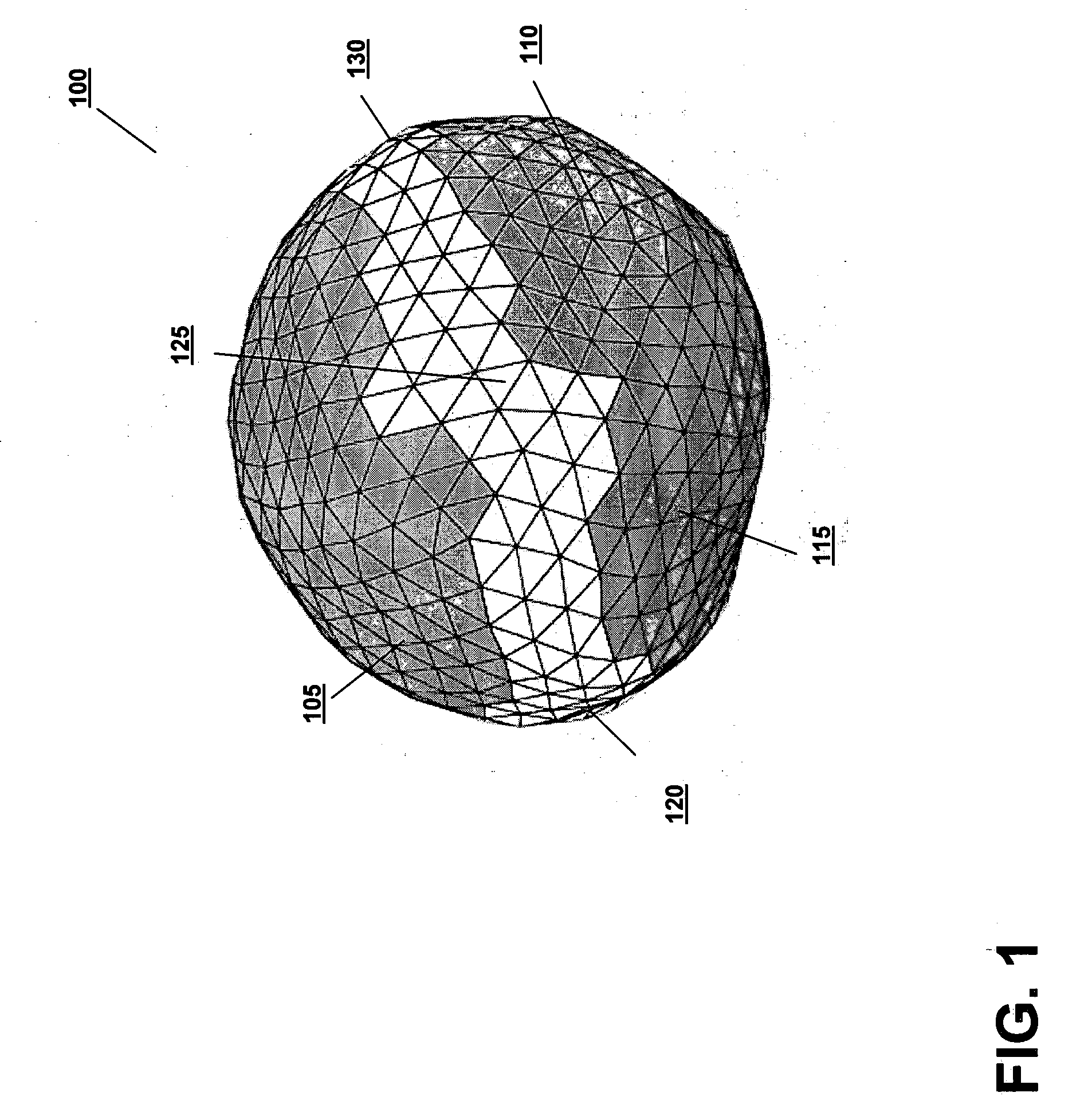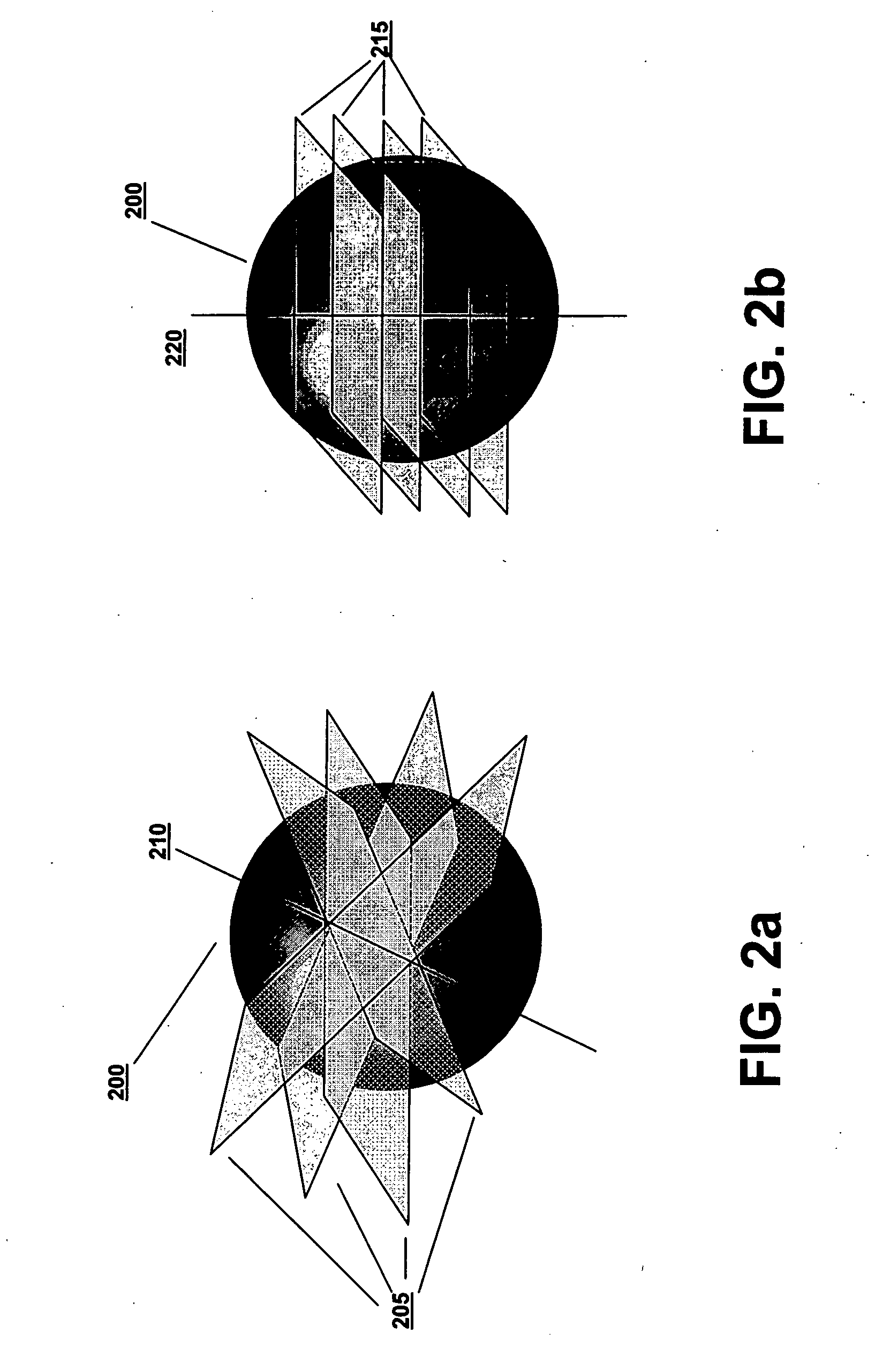Methods and systems for segmentation and surface matching
a technology of surface matching and segmentation, applied in the field of methods and systems for verifying anatomical features of patients undergoing radiation therapy, can solve the problems of cancerous tissue extending beyond the boundaries of original treatment, original segmentation, contoured image not accurately representing the lesion being treated, etc., to facilitate rapid and accurate treatment position adjustment
- Summary
- Abstract
- Description
- Claims
- Application Information
AI Technical Summary
Benefits of technology
Problems solved by technology
Method used
Image
Examples
Embodiment Construction
[0025] Referring to FIG. 1, an image 100 of a lesion is obtained during a treatment planning stage. The image can be an individual two-dimensional image, multiple two-dimensional sectional images or slices that collectively represent a volume and may be combined into a composite image, or three-dimensional images rendered programmatically or manually (or a combination). The image can be obtained using devices such as CT scanners, ultrasound devices, MRI devices, PET scanners, and x-ray devices, as well as other imaging modalities commonly used throughout the art. The structure of interest may be a tumor or lesion independent of other organs, a cancerous gland (such as the prostate) requiring treatment, a non-cancerous organ of interest, or any identifying landmark within the image. The image 100 may be, for instance, used by an oncologist, physician, or radiation technician to determine the location and shape of the lesion to be treated and to determine the parameters of the radiati...
PUM
 Login to View More
Login to View More Abstract
Description
Claims
Application Information
 Login to View More
Login to View More - R&D
- Intellectual Property
- Life Sciences
- Materials
- Tech Scout
- Unparalleled Data Quality
- Higher Quality Content
- 60% Fewer Hallucinations
Browse by: Latest US Patents, China's latest patents, Technical Efficacy Thesaurus, Application Domain, Technology Topic, Popular Technical Reports.
© 2025 PatSnap. All rights reserved.Legal|Privacy policy|Modern Slavery Act Transparency Statement|Sitemap|About US| Contact US: help@patsnap.com



